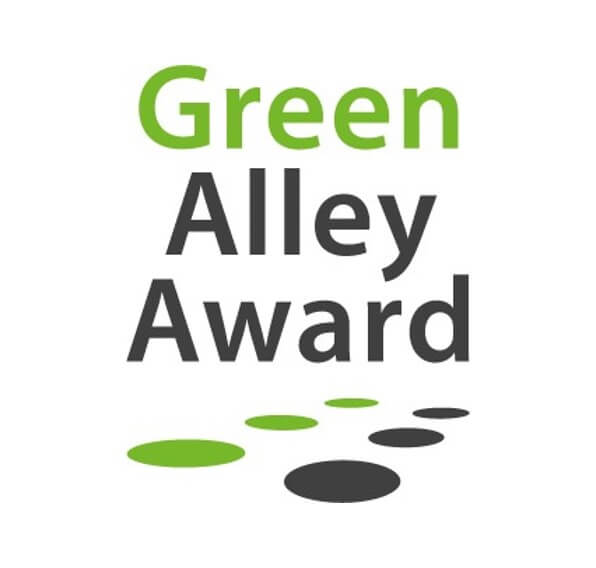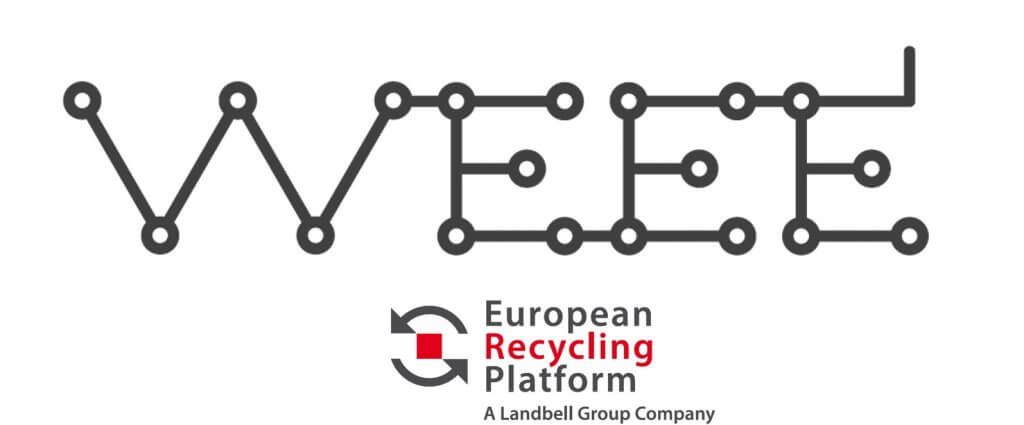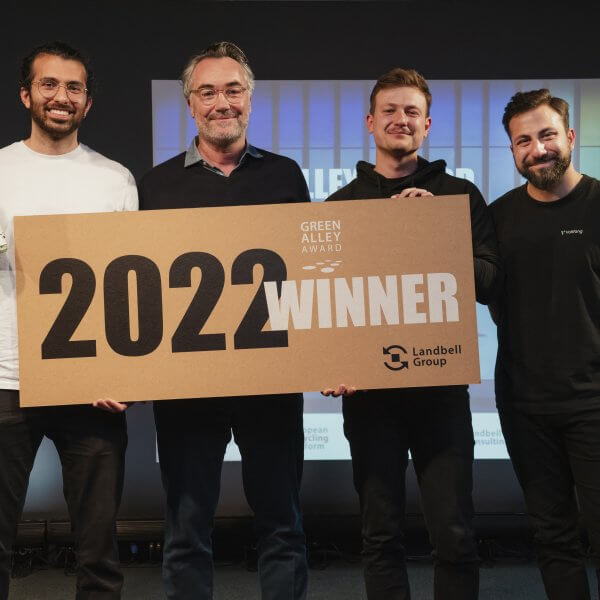WEEE and Batteries Compliance Workshop
Let us untangle the complexity for you!
Our next WEEE and batteries compliance workshop for members is on Wednesday 27th September in Bradford.
Our workshops are particularly useful for company personnel new to WEEE and batteries reporting. The workshop is also an ideal opportunity to meet some of our team and refresh yourselves on topics such as:
- Overview & history of the WEEE and Batteries Regulations
- Classification and reporting
- Exploring the latest issues and much more
If you would like to attend, please get in touch:
When: Wednesday 27th September 2017
Where: Holiday Inn Express, The Pastures, Tong Lane, Tong, Bradford BD4 0RP
Time: Registration 9.30am, finishing just after 2pm
Nyheter
Siste nyheter og hendelser
Det handler ikke bare om prosess og etterlevelse, men også om nettverksbygging. ERP deler kunnskap, innsikt og nyheter slik at vi sammen fremmer den bærekraftige agendaen.
Nyheter
14. oktober, 2022
“Recycle it all, no matter how small”
Nyheter
02. mai, 2022
This year’s Green Alley Award goes to the German start-up Voltfang


